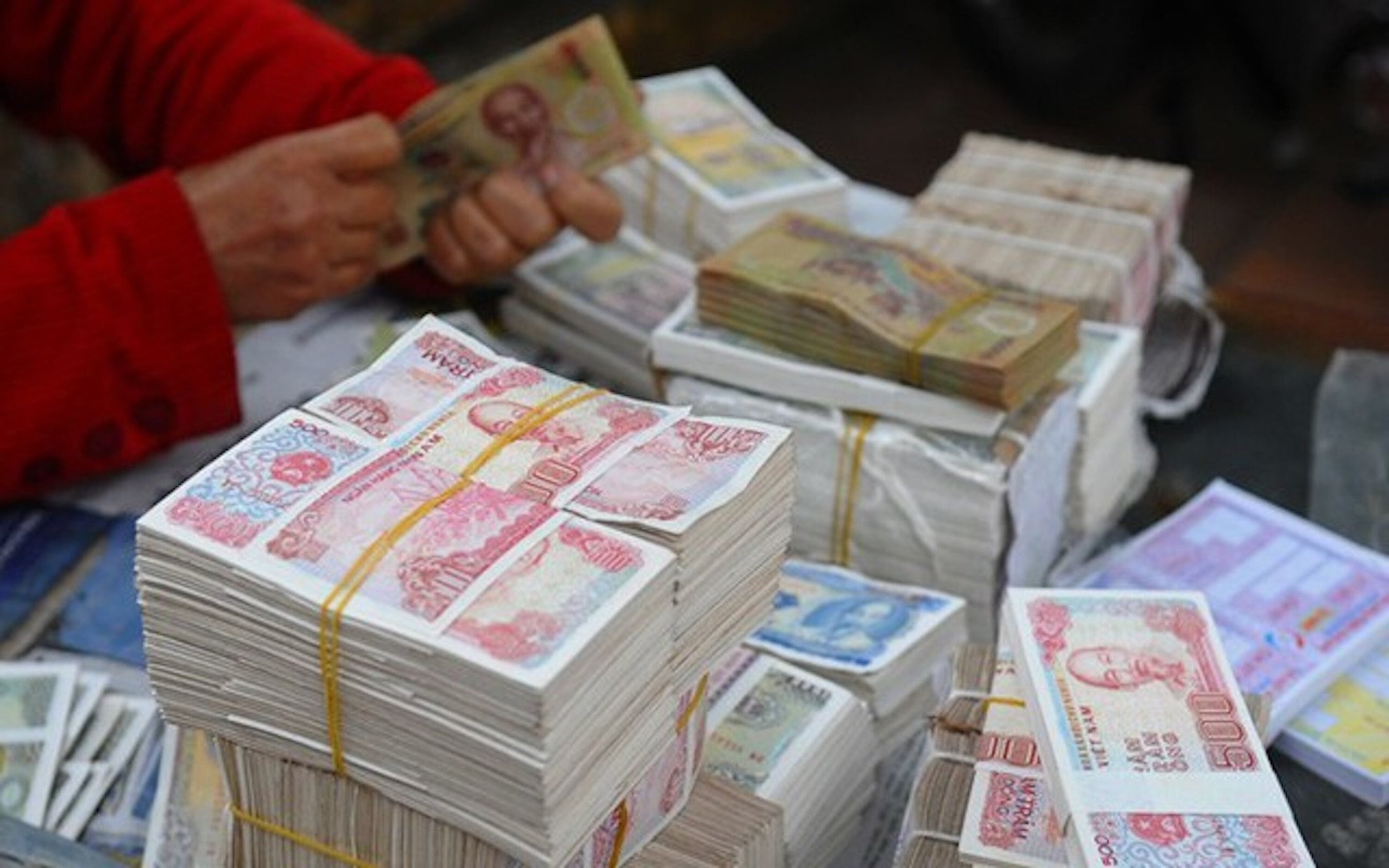
In response to the question of why coins and low-denomination banknotes are no longer available on the market even though they are still valid by law, the State Bank of Vietnam (SBV) said that it has stopped printing and minting these types of money.
Accordingly, small denomination banknotes of 100 VND, 200 VND, and 500 VND were issued by the State Bank in 1992, 1987, and 1989; metal coins of 200 VND, 500 VND, 1,000 VND, 2,000 VND, and 5,000 VND were issued in 2003 and 2004.
The State Bank of Vietnam affirmed that these currencies are still valid in circulation, but with the development of non-cash payments and the impact of income and exchange rate factors, affecting people's consumption and cash usage habits, small denomination currencies are increasingly used less and their proportion in circulation is gradually narrowing.
Currently, metal money and paper money of 100 VND and 200 VND are almost no longer used in daily payment transactions. Although 500 VND is still used in transactions in some localities, the volume is not much (such as used to pay for supermarkets, hospitals, ferry fees... in Ho Chi Minh City, Dong Thap, Soc Trang, Binh Duong...).
Every year, the State Bank will base on the cash needs of the economy (both in terms of value and denomination structure) to calculate the amount of money to be printed, minted and the denomination structure of the types of money issued into circulation. This will take into account the development of non-cash payment activities and people's payment behavior to print and issue small denomination money in accordance with the payment needs of the economy and avoid general waste for society when there is not enough denomination structure for payment.
"In recent years, low-denomination money (100 VND, 200 VND, 500 VND) has no practical payment value, so the State Bank has stopped printing and minting additional money every year, and continues to use only the necessary amount from reserves, bank inventories and among the people.
For other denominations, the State Bank will print, issue and supply sufficient value and denomination structure into normal circulation, ensuring that it meets the payment needs of the economy," the State Bank emphasized.
Why are coins and small denomination banknotes "out of favor"?
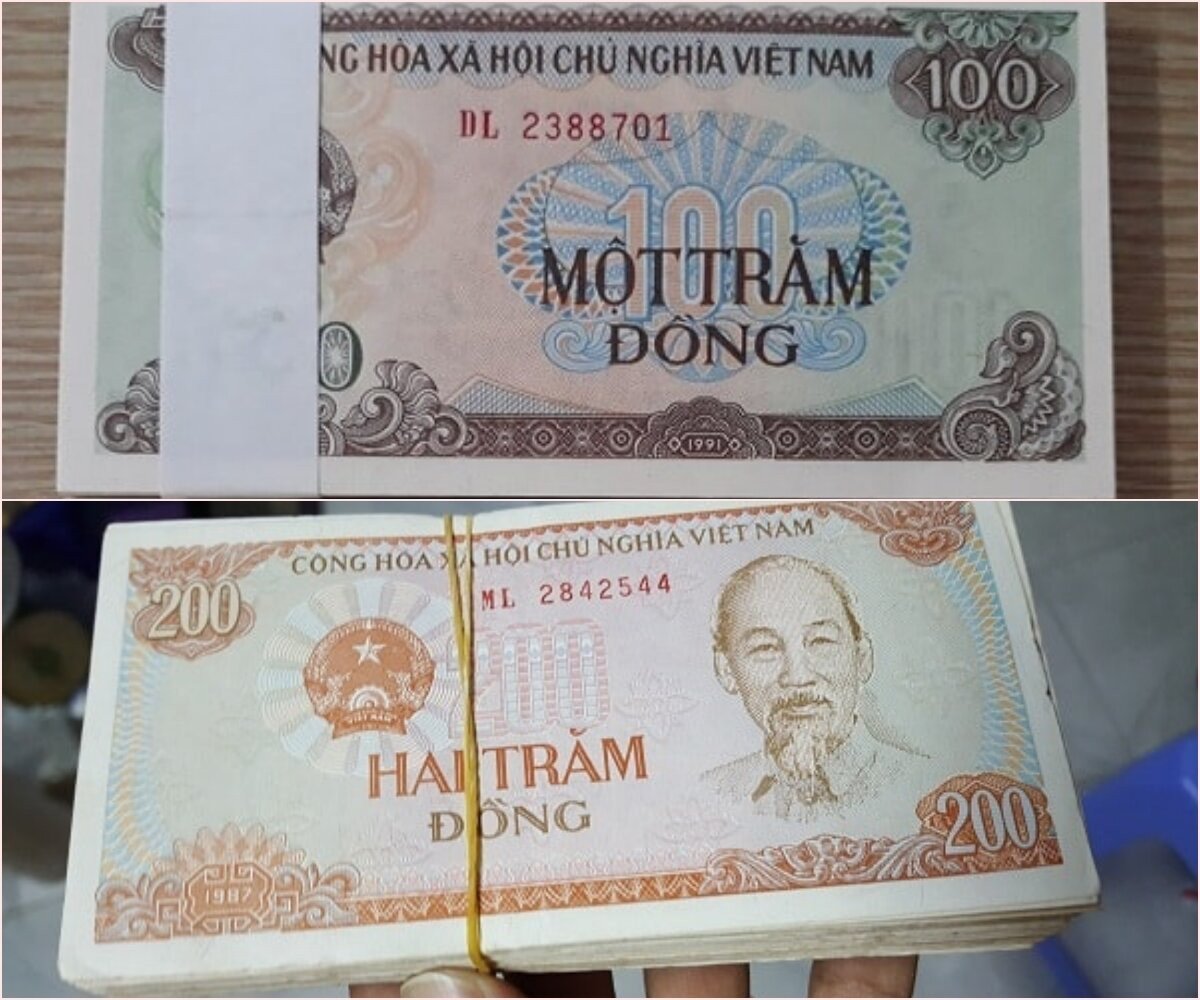
Currently, coins and banknotes of 100, 200 and 500 dong are almost no longer available on the market.
"If you take 1,000 VND to the market, you might be able to buy chili or lemon leaves, but 500 VND can't buy anything now, let alone 100-200 VND or coins. So it's normal that gradually no one will use this money anymore," said Ms. Le Thi Thuy, a vendor at Kim Lien market (Dong Da, Hanoi ).
Ms. Thuy has been going to the market for nearly 30 years. In the past 10 years, she has hardly seen coins, 100-dong and 200-dong bills. 500-dong bills still appear occasionally, but in the past 3 or 4 years, Ms. Thuy has not seen these bills anymore.
According to a survey, at sidewalk tea shops scattered all over Hanoi, people no longer use small change to make transactions and buy things. A glass of iced tea or iced guava currently costs about 3,000 VND/cup, and in many places it has increased to 5,000 VND/cup. The cheapest thing that can be bought at sidewalk tea shops is mint gum, which costs 1,000 VND/piece.
Ms. Thu Huong, 38 years old, selling iced tea on the sidewalk in Tam Trinh (Hai Ba Trung district, Hanoi) said: "Nothing in this iced tea shop has a retail price of 500 VND. The smallest unit is also a thousand VND. Moreover, coins are heavy, so no one has ever wanted to hoard them. As for me, now if anyone pays me in coins or small bills, I refuse to accept them. Because even if I accept them, I'm not sure if I can spend them."
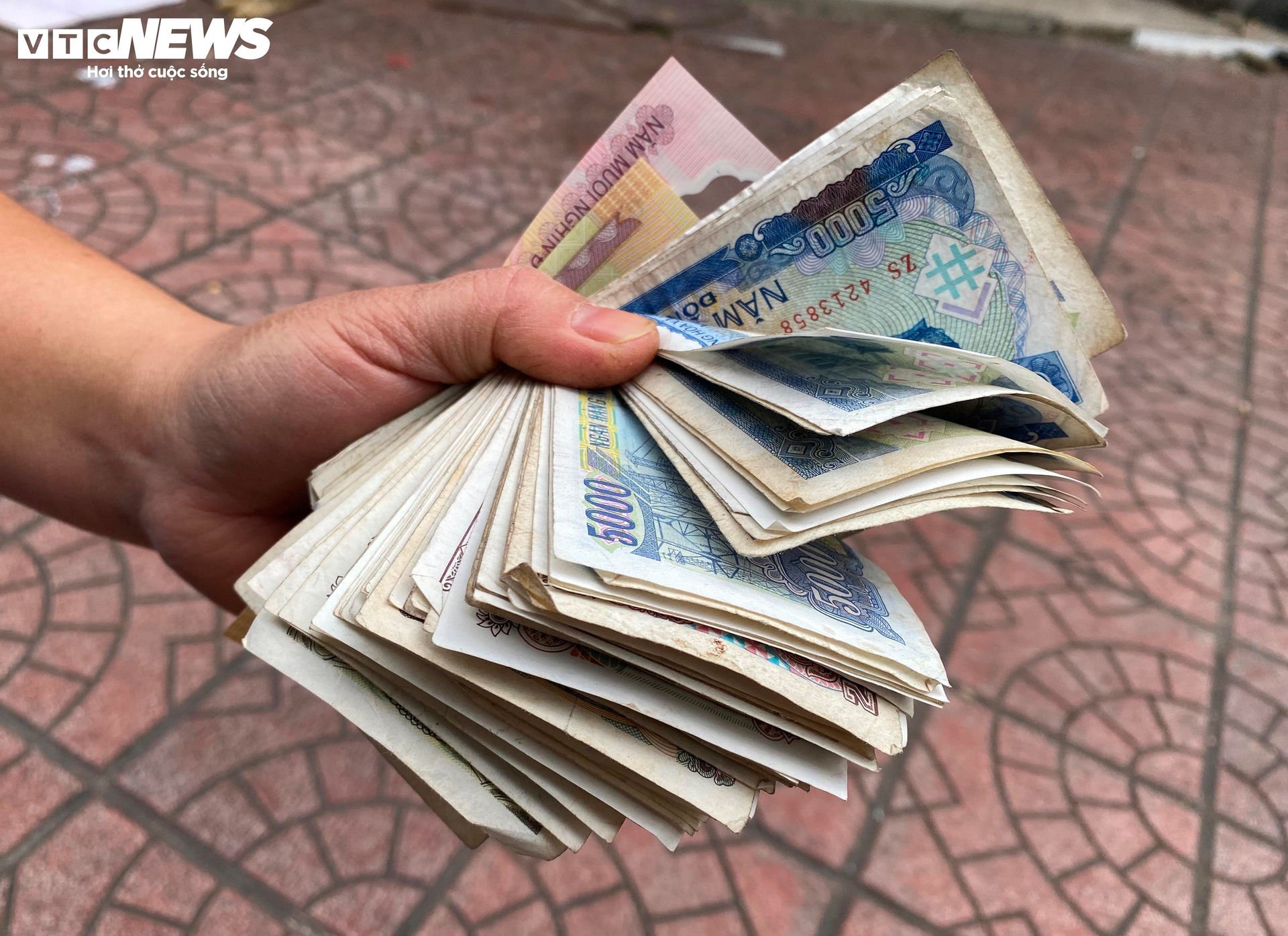
Ms. Nguyen Thi Loan, a trader at Nam Trung Yen market (Cau Giay, Hanoi), said that consumer behavior has changed due to increased income, so a few hundred dong is no longer valuable.
“A dozen years ago, when going to the market, people could bargain for a few hundred dong per kilo of fish or shrimp. But now, if there is bargaining, the unit is also thousands of dong. For example, a kilo of tilapia costs 65,000 dong. Buyers can bargain down to 60,000 - 63,000 dong/kg, but no one bargains down to 64,500 dong/kg. If there is a unit of 100 dong, we can still buy and sell in bulk, but when calculating the price, we round up the price and no one pays to the hundred dong mark,” said Ms. Loan.
The place where the price of goods is calculated down to the hundredth dong is in supermarkets and convenience stores. However, here, non-cash payment has become popular, people can transfer money or swipe cards exactly to the cent when paying for orders, so small change is no longer used.
“If a customer uses cash, for example, an odd order of 500 VND, a few years ago we could ask to pay the customer in candy. However, now most customers have loyalty cards, we can convert to add/subtract that odd amount to the customer’s loyalty card. If the customer does not have a loyalty card, we can round down to an even amount to make it easier for the customer to pay. For example, if the order is 190,200 VND, we can report and collect 190,000 VND from the customer,” said Ms. Nguyen Thi Tuyet, a saleswoman at a supermarket in Dong Da, Hanoi.
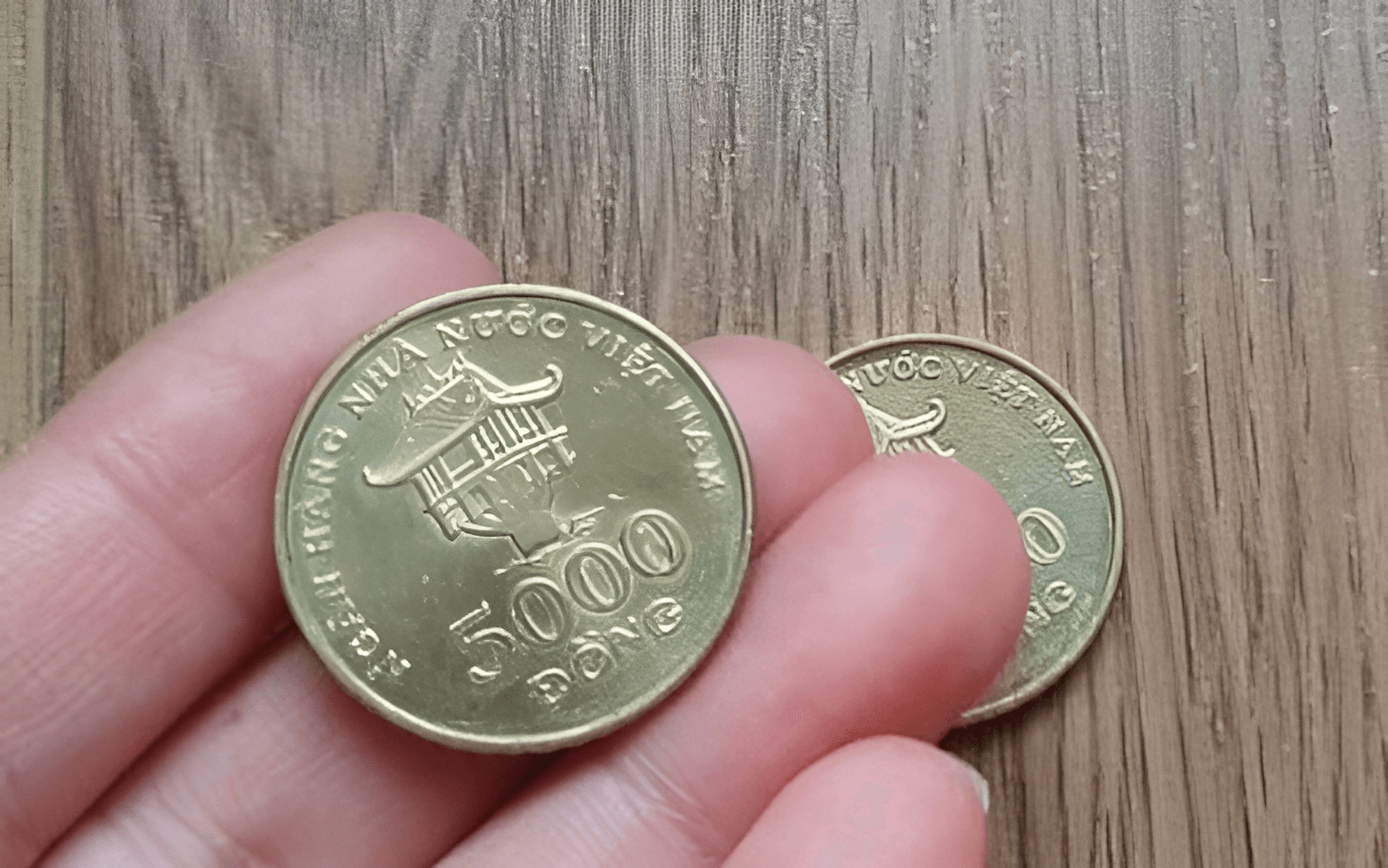
The same thing happens at convenience stores. Mr. Dung, the owner of a convenience store in Lang Thuong (Dong Da, Hanoi) said: “Customers now mainly transfer money. After paying, we will give customers a QR code for them to scan and transfer money accurately to the last cent.”
"If I had a customer paying with coins now, I probably wouldn't sell anything," said Mr. Dung.
TB (according to VTC)Source



![[Photo] Party and State leaders attend the special art program "You are Ho Chi Minh"](https://vphoto.vietnam.vn/thumb/1200x675/vietnam/resource/IMAGE/2025/5/18/6895913f94fd4c51aa4564ab14c3f250)
![[Photo] Many young people patiently lined up under the hot sun to receive a special supplement from Nhan Dan Newspaper.](https://vphoto.vietnam.vn/thumb/1200x675/vietnam/resource/IMAGE/2025/5/18/6f19d322f9364f0ebb6fbfe9377842d3)

![[Photo] Ready for the top competitions of Vietnamese table tennis](https://vphoto.vietnam.vn/thumb/1200x675/vietnam/resource/IMAGE/2025/5/18/9c547c497c5a4ade8f98c8e7d44f5a41)



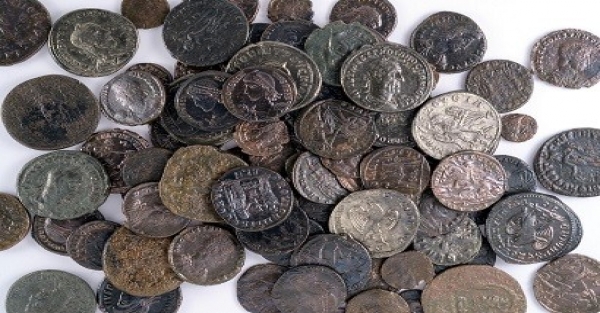

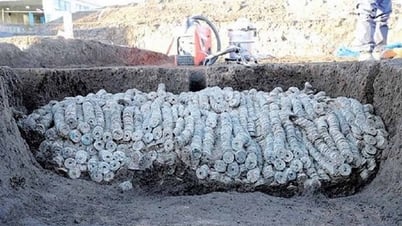








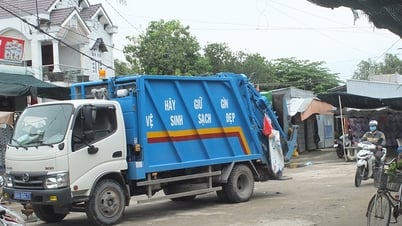





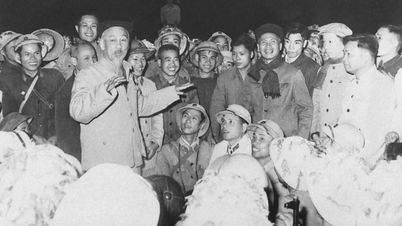


















































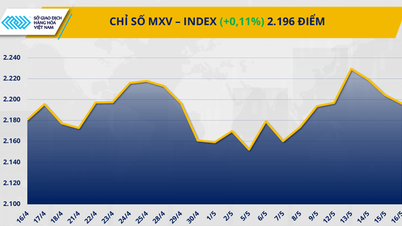













Comment (0)